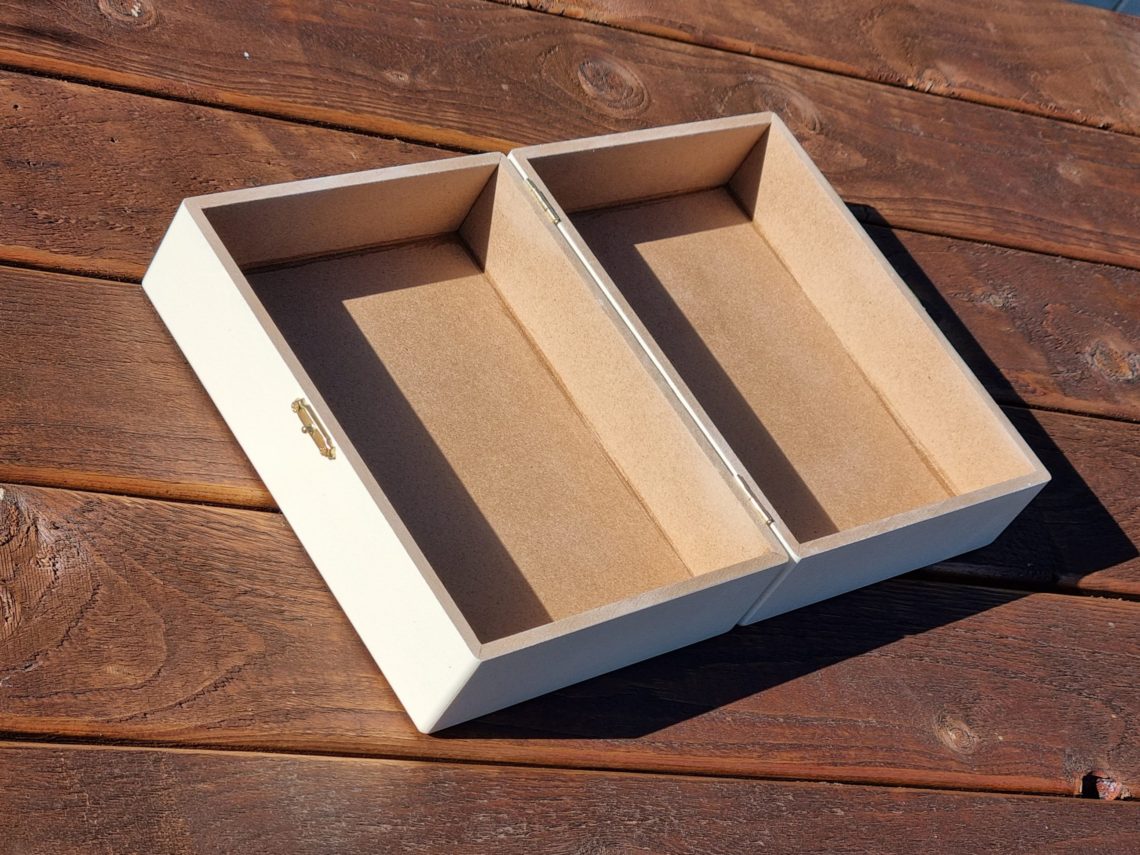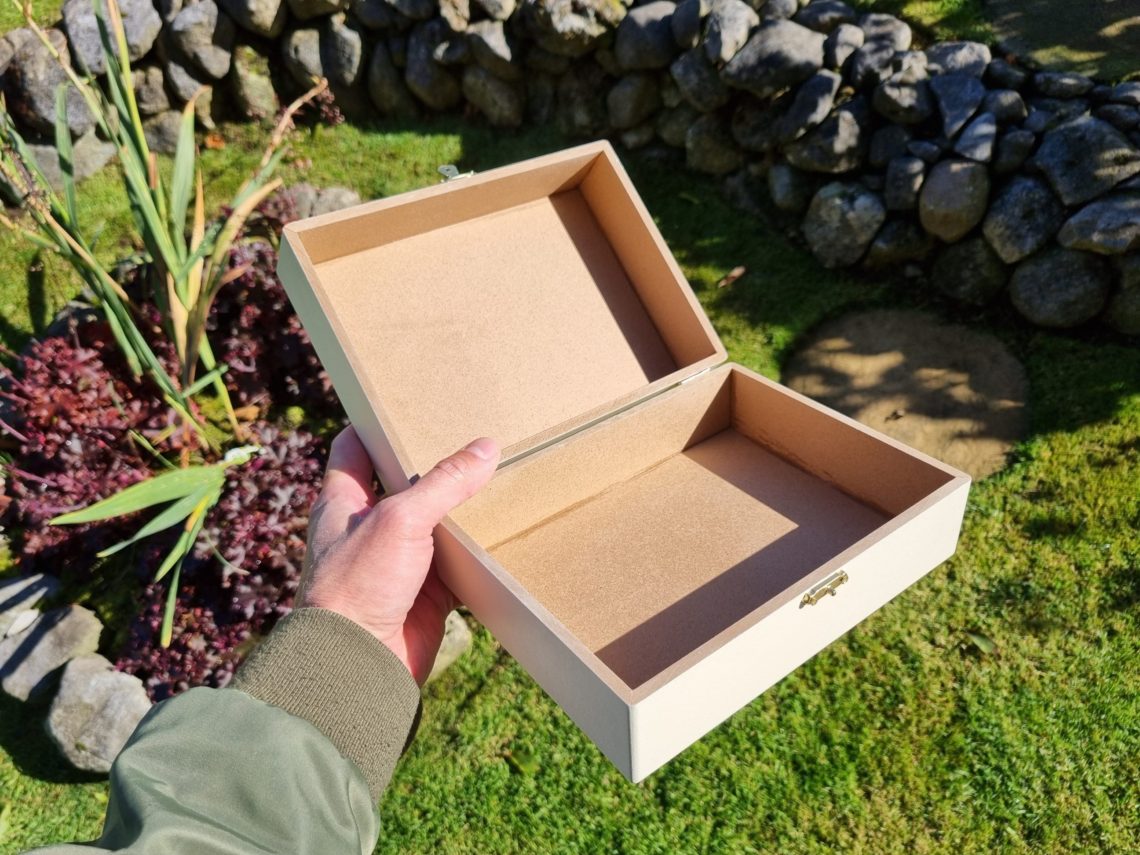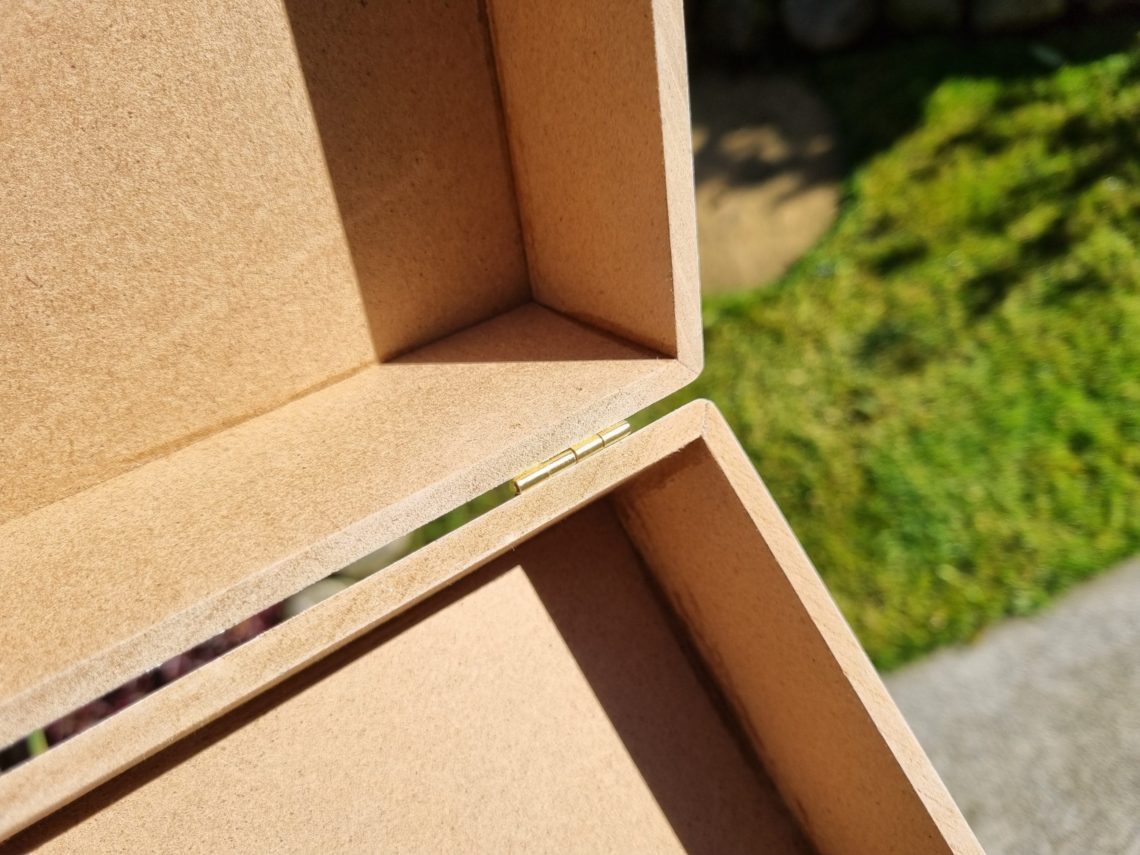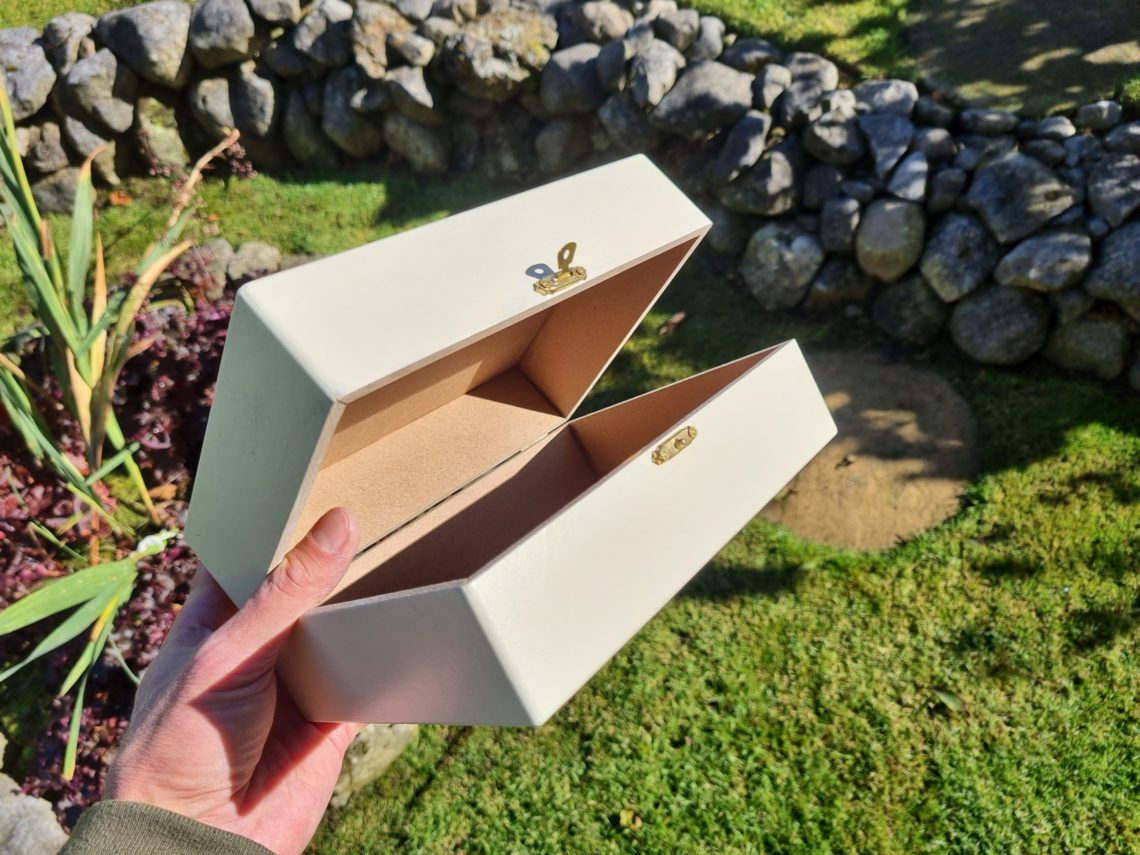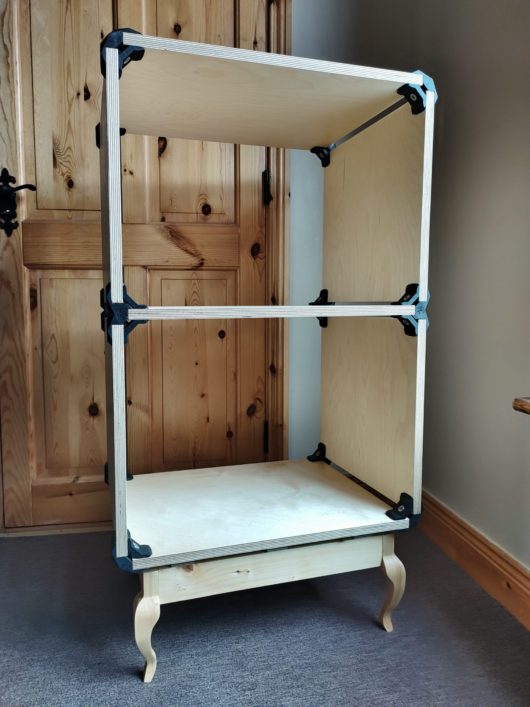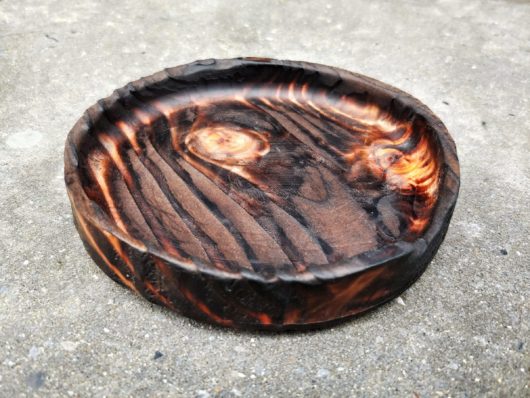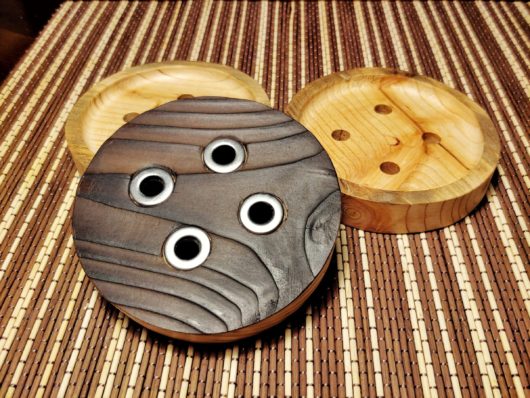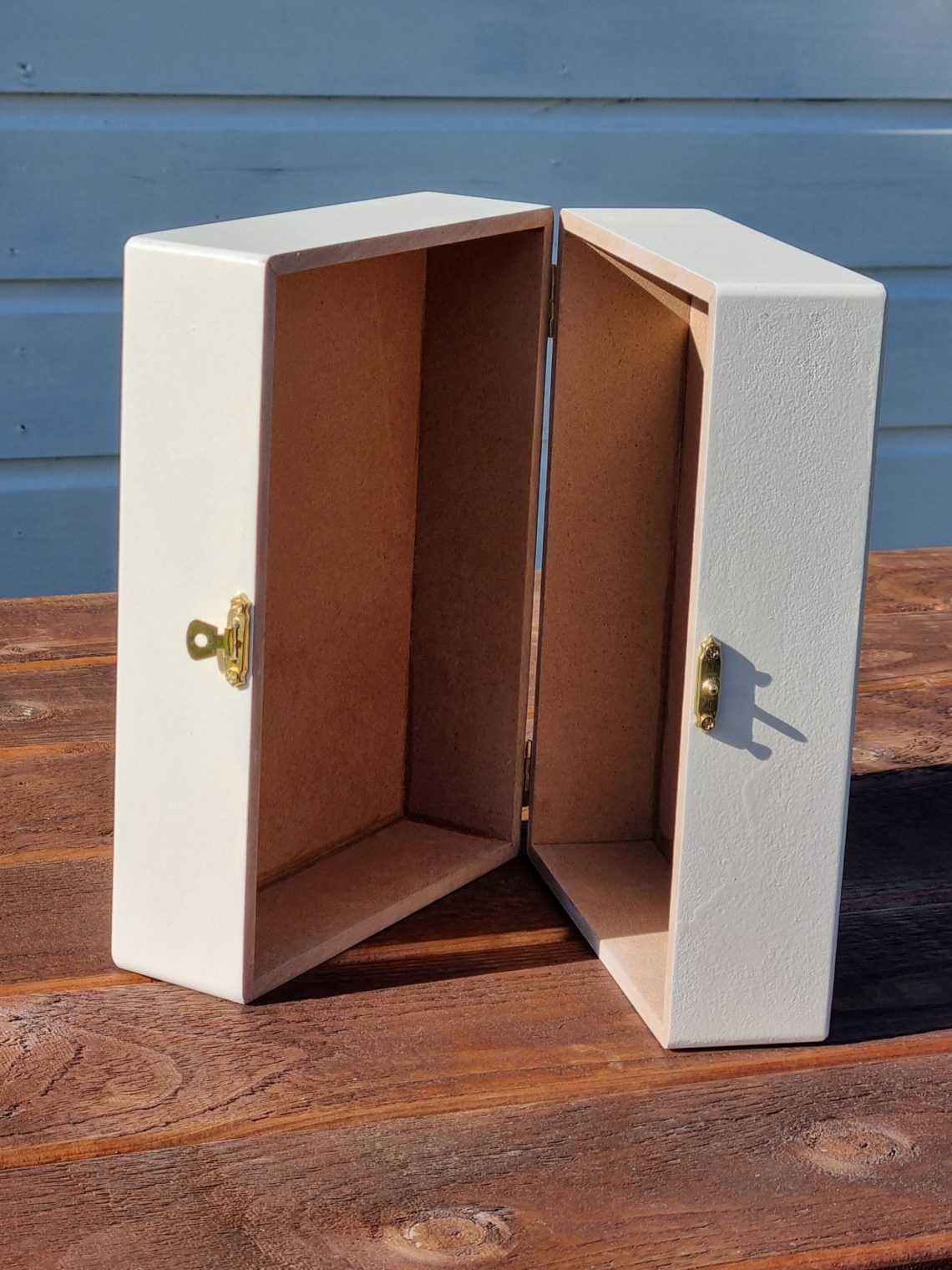
MDF box build: When the router bit isn’t right
V-groove router bits are often praised as foolproof tools for cutting perfectly bevelled 45º edges. Intrigued by their simplicity and accuracy, I decided to put them to the test. I initially bought a sheet of MDF to create a few small part trays, but the project quickly evolved into two larger trays, which I then joined with hinges to form a box. Although this wasn’t my original plan, the idea of a box was more appealing, especially with gift-giving occasions approaching. My main concern wasn’t the touted precision of the bits, but rather how a V-groove bit with a flat top could carve a perfectly pointed groove. It turned out it couldn’t – I didn’t have the right bit.
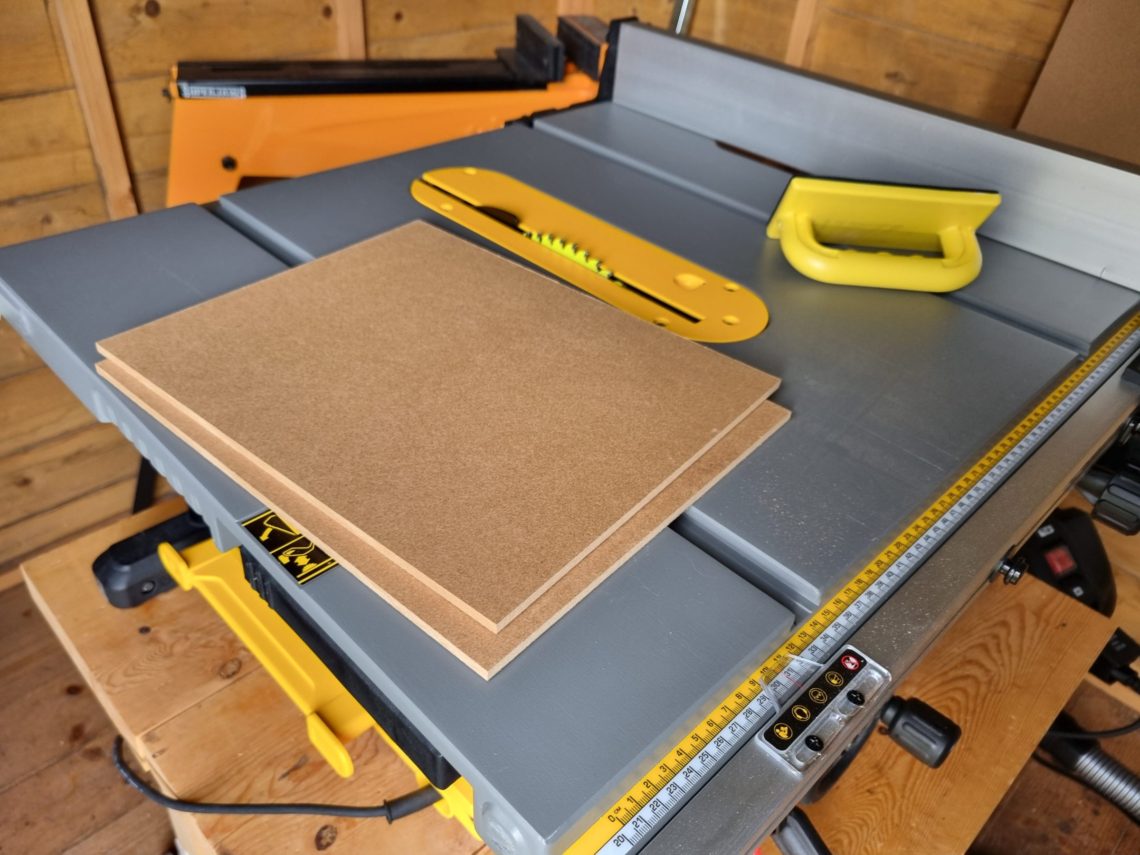
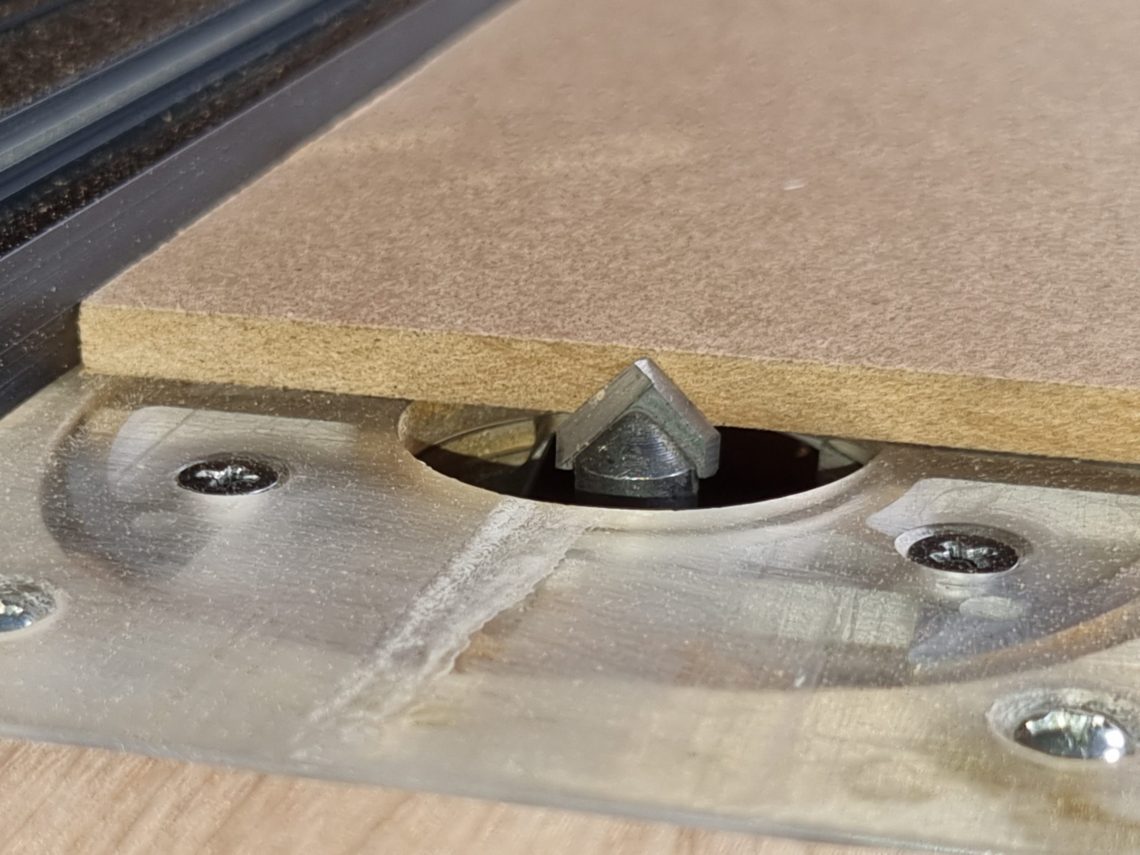
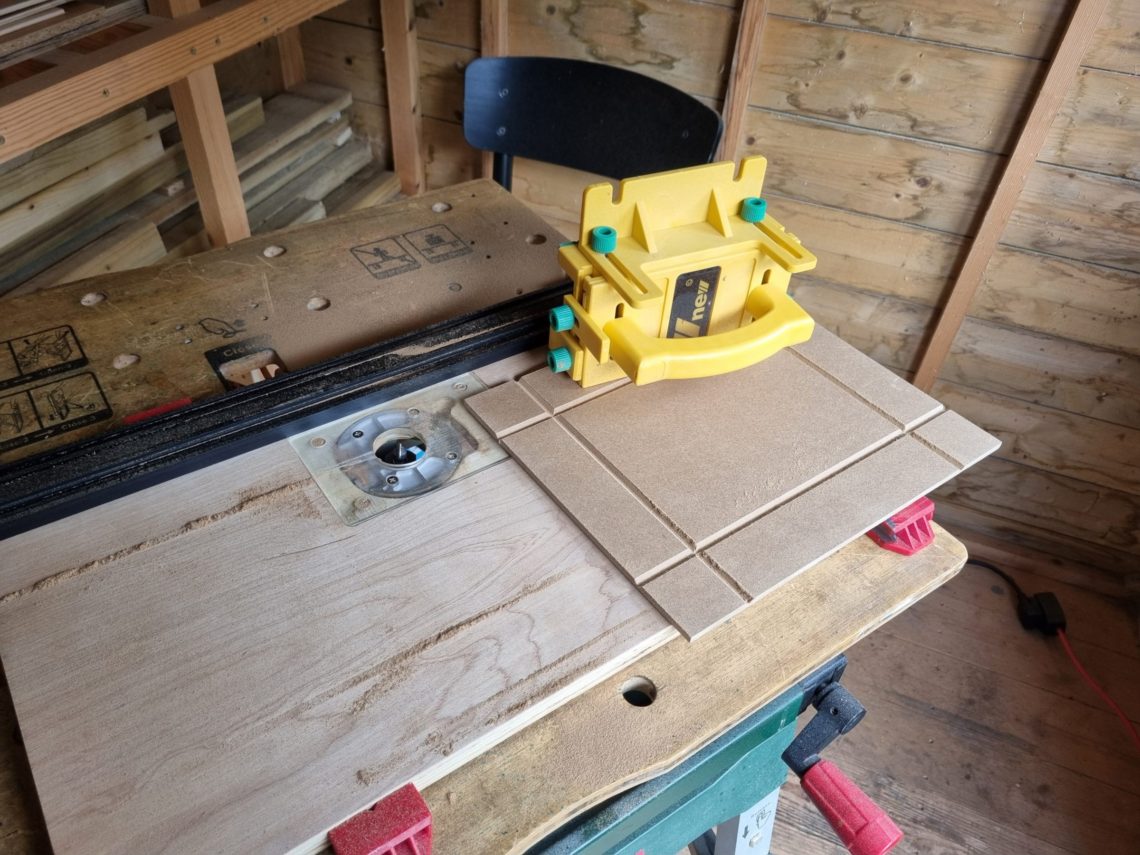
I began the project by cutting two identical MDF rectangles on my table saw. While the exact dimensions weren’t crucial, it was essential that both pieces matched perfectly. Even though I wasn’t sure whether I was building 2 trays, or a box at that stage, I supposed (from my experience) that 2 identical workpieces would work better for me. My intuition has never let me down. When I had those two pieces cut, I clamped a guide onto my router table and used a push block to cut the grooves in three passes. In the final pass, the router bit pushed some MDF material onto the other side, forming a subtle shadow line. That indicated the ideal thickness I needed – very thin, yet sturdy enough to hold the pieces together.
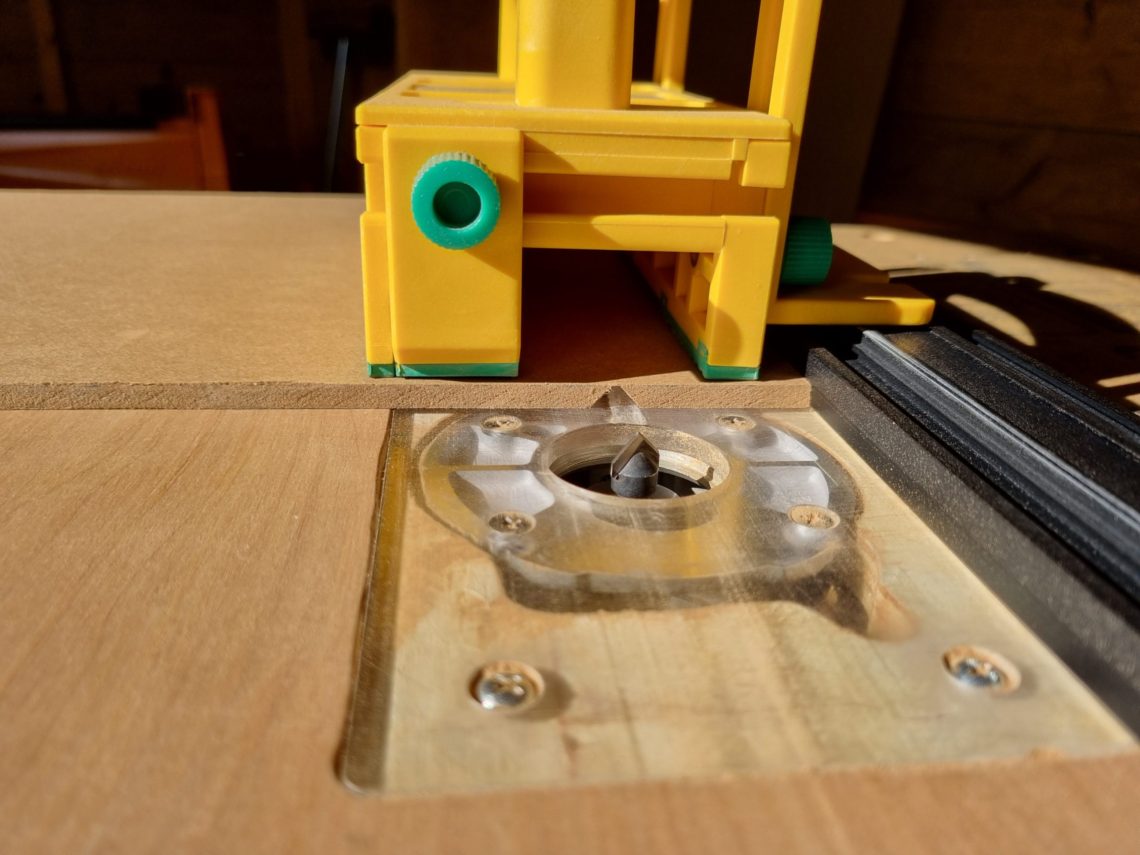
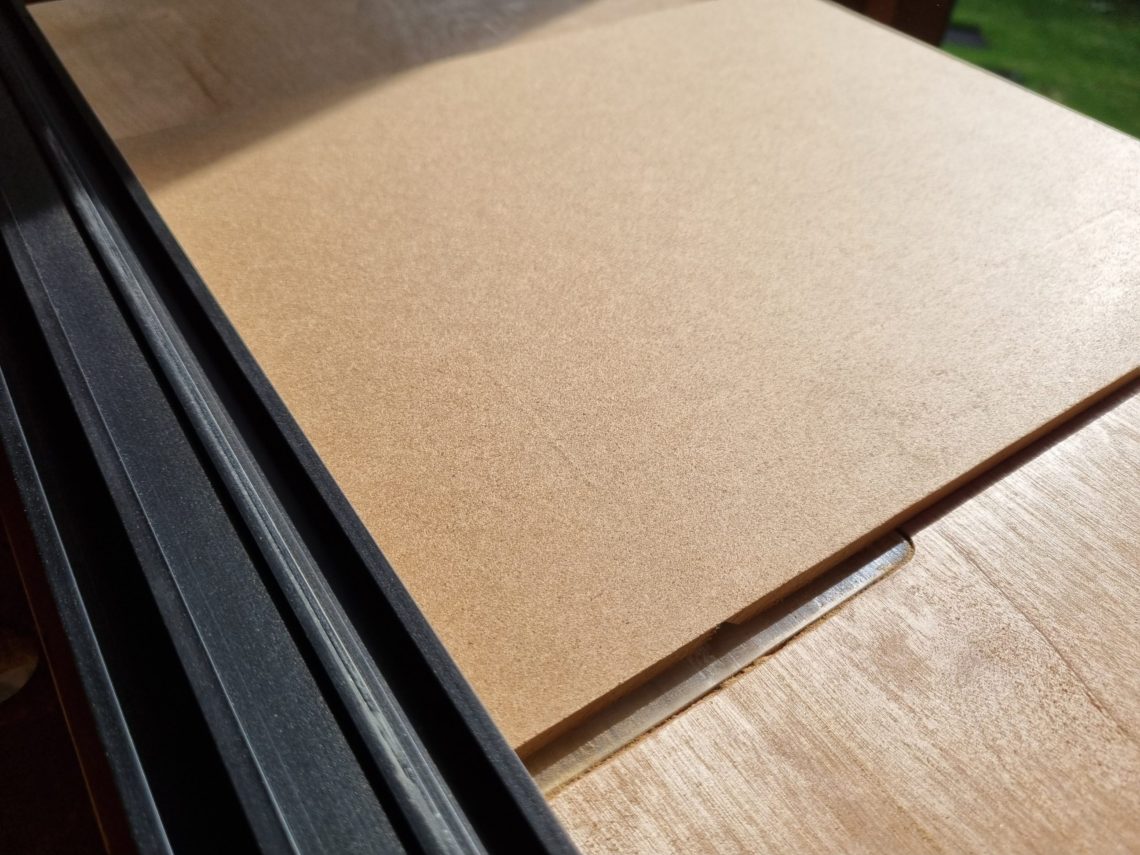
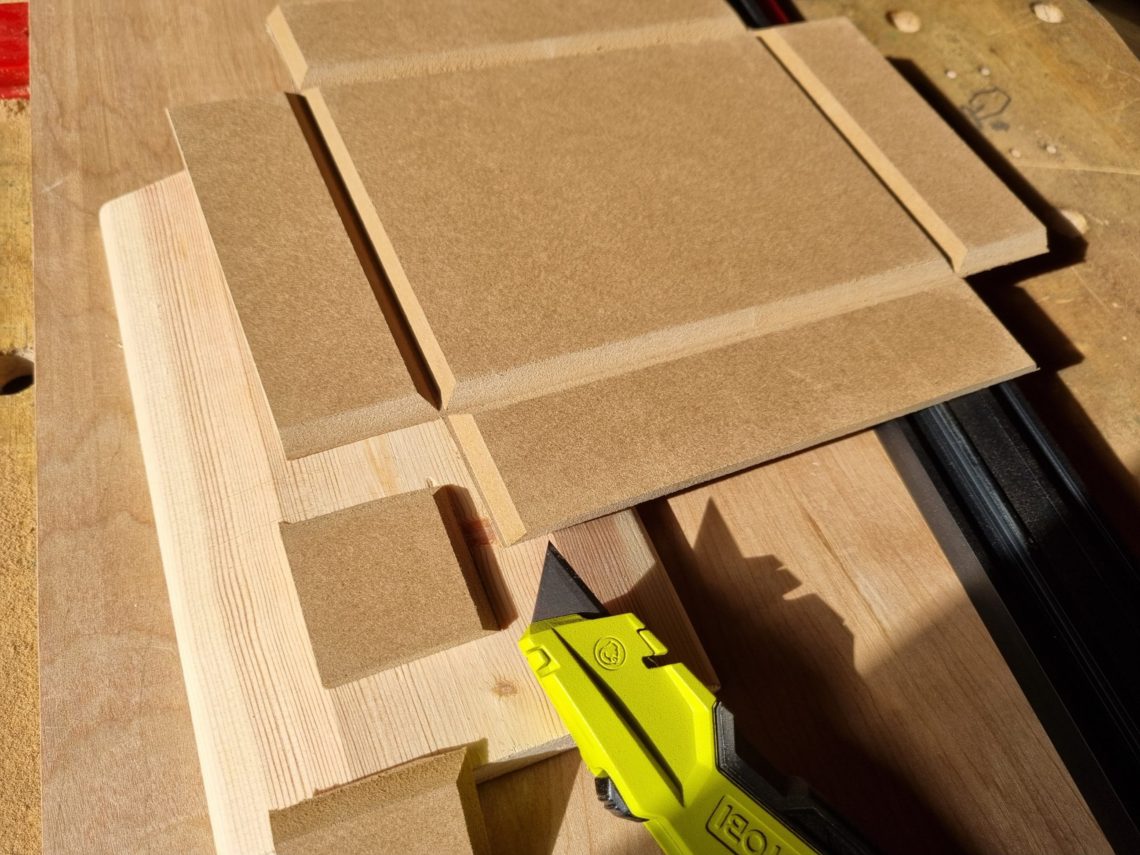
I cut off the corners with a knife and folded the workpiece to form a box. As expected, the flat bottoms of the V-grooves didn’t allow me to glue the sides at perfect 90º angles. It quickly became clear that achieving square corners with this bit was impossible. Faced with this realisation, I had to separate all the sides with a knife and use painter’s tape instead of the paper-thin MDF hinges. Those natural hinges were the heart of the project and its essence, meant to simplify the process. Unfortunately, all those hopes were dashed.
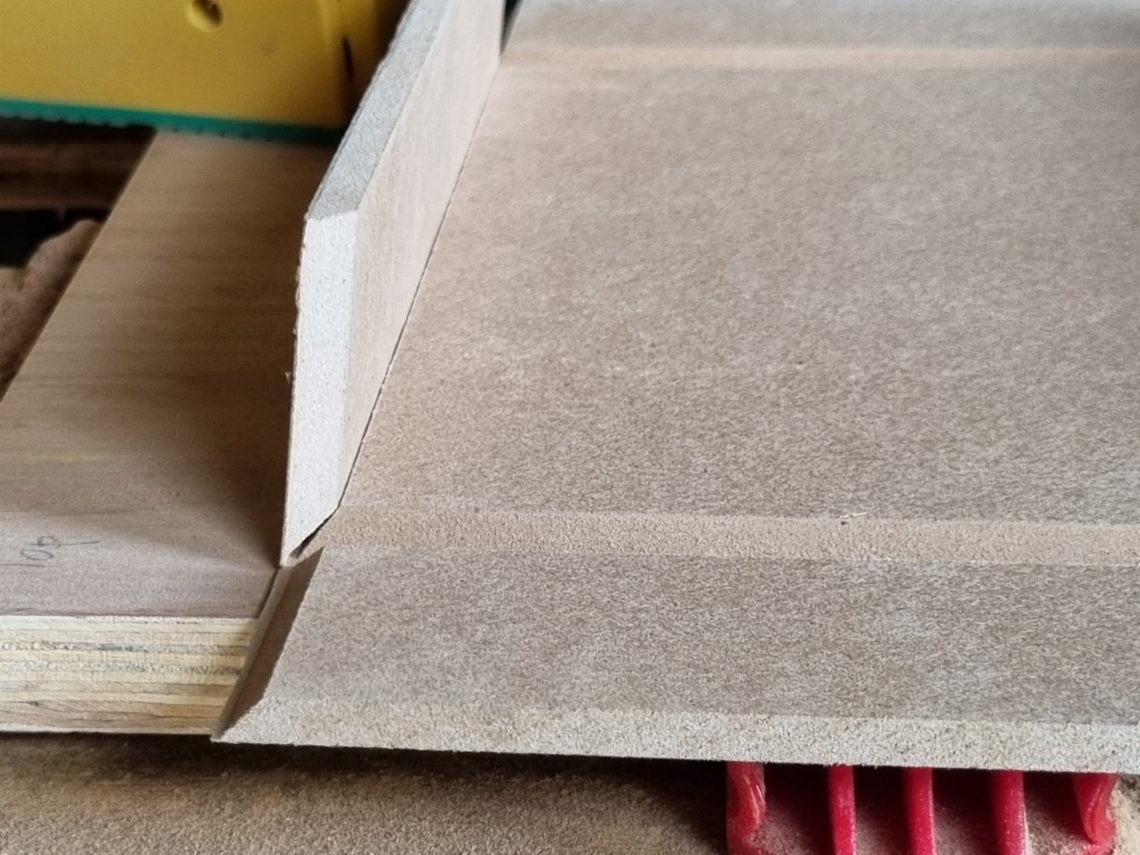
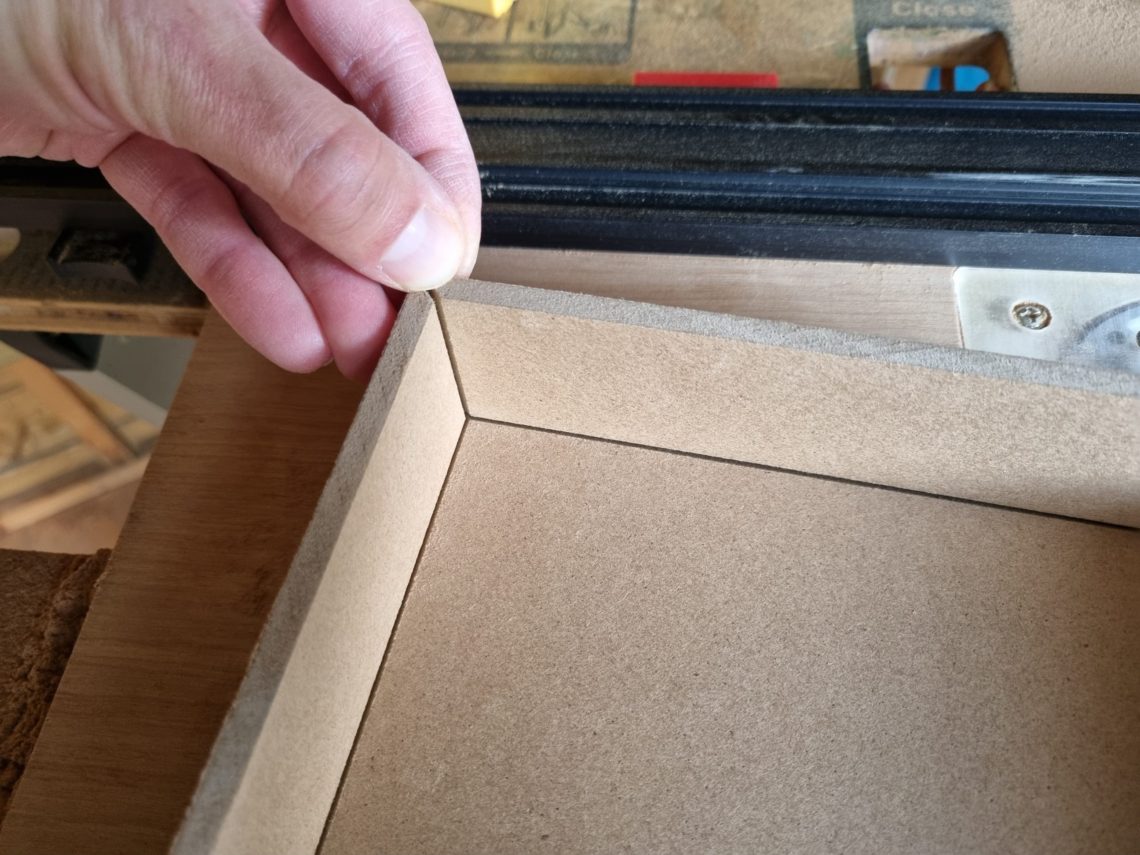
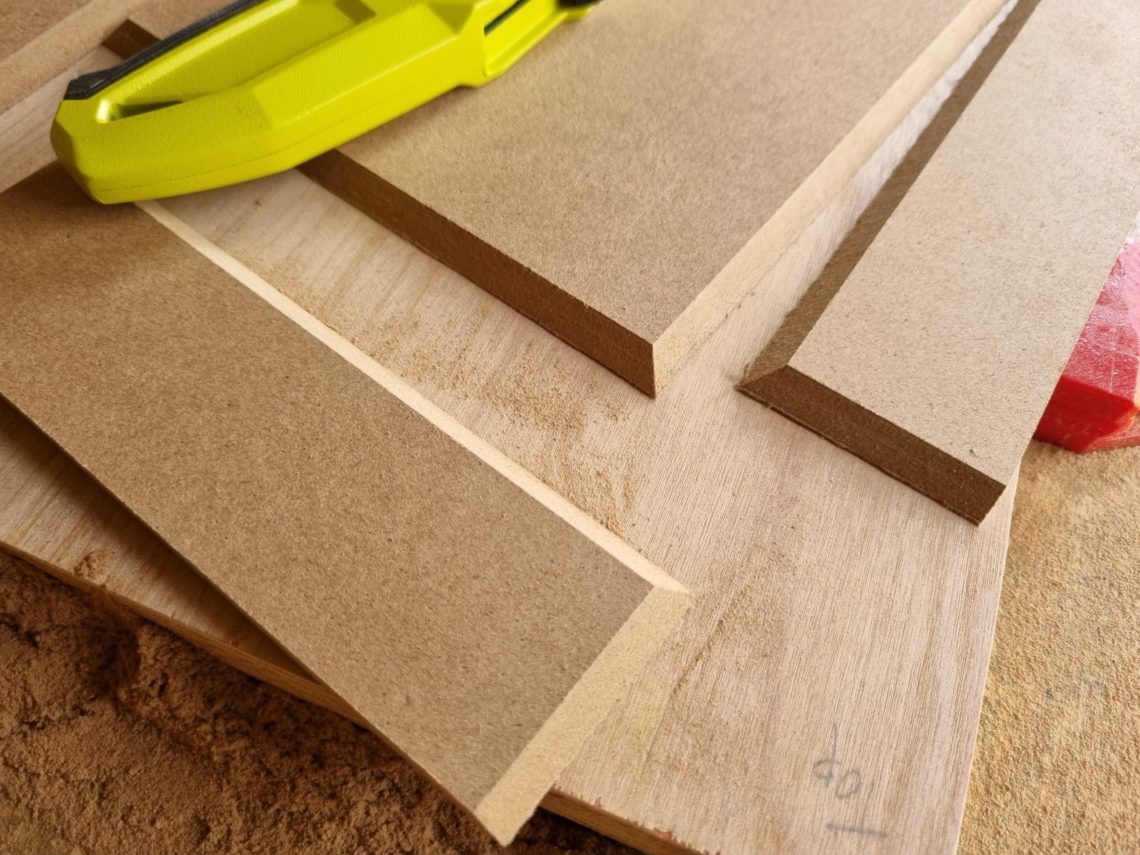
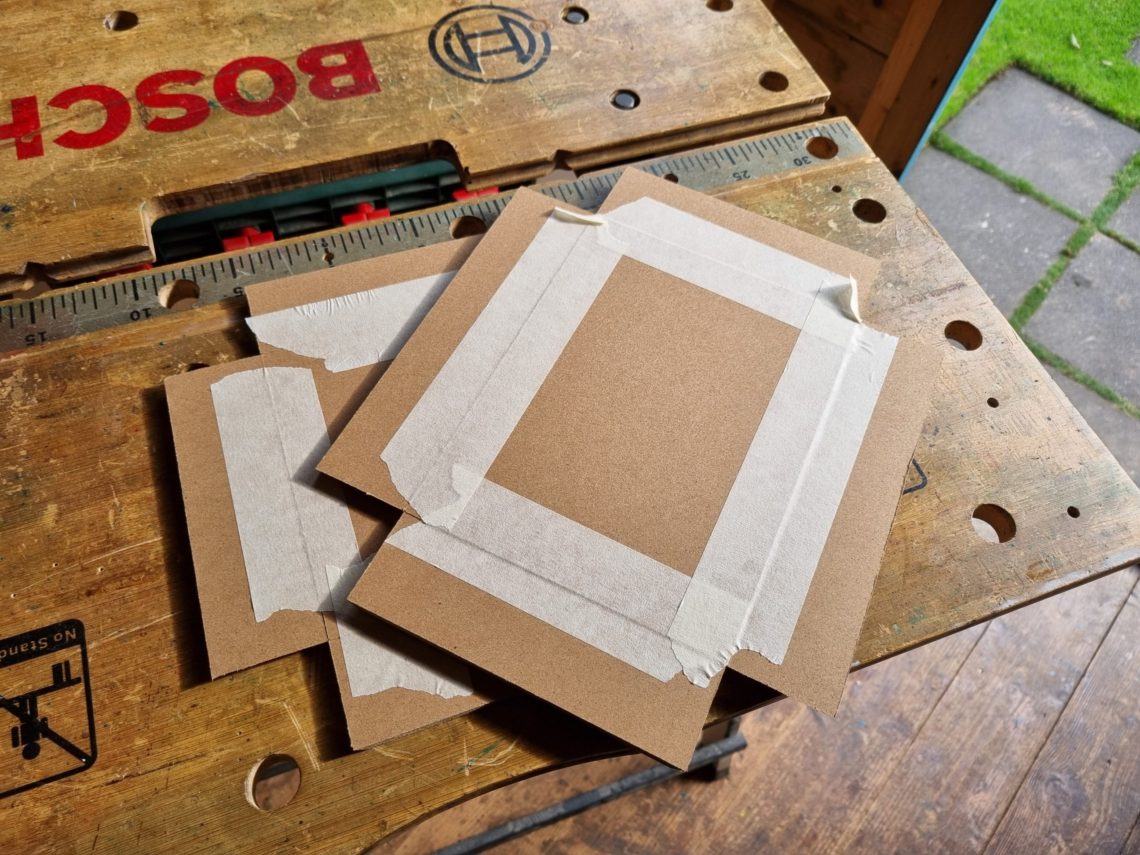
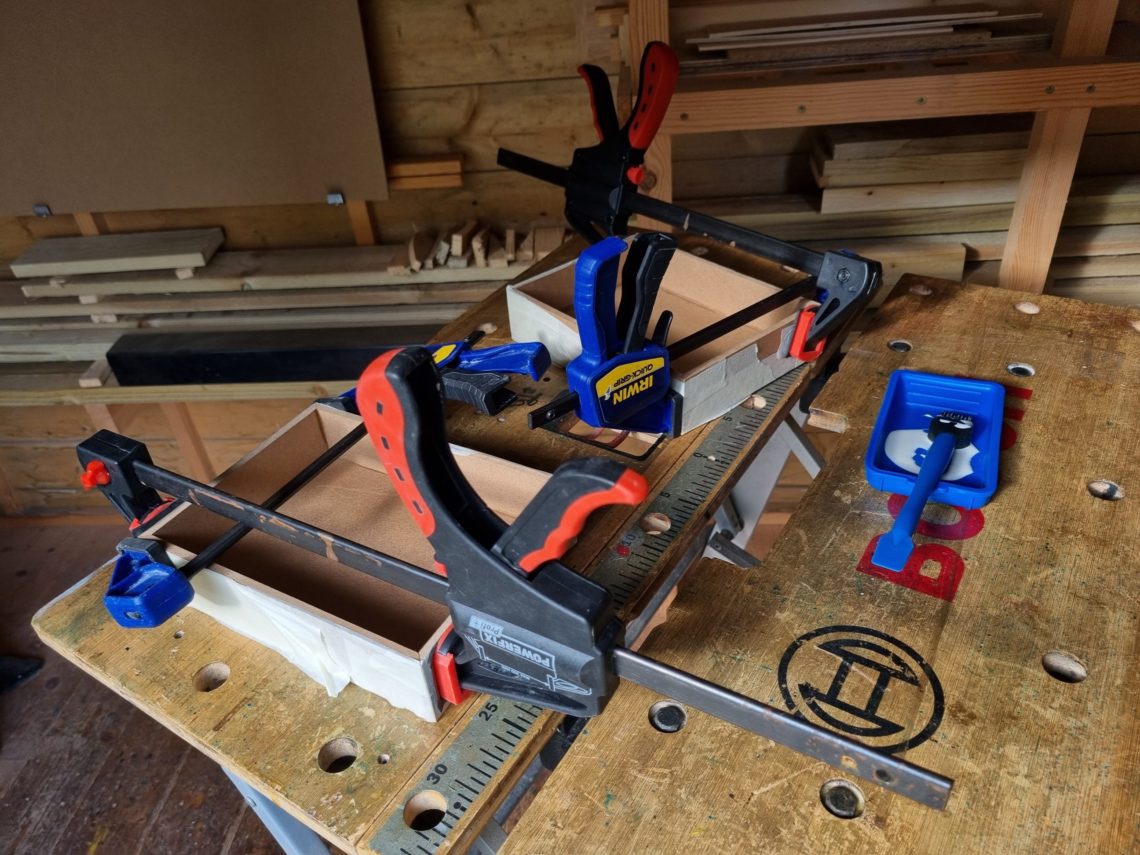
Not only did I have to use painter’s tape during the glue-up, but a few clamps were also needed. What began as a theoretically simple project was quickly turning into something more complicated – and this was just the beginning of the unexpected challenges. Sadly, the painter’s tape caused the MDF to pill. In hindsight, I should have used a heat gun to remove the tape, but I decided to skip that step to save time. Ultimately, I paid the price for that decision.
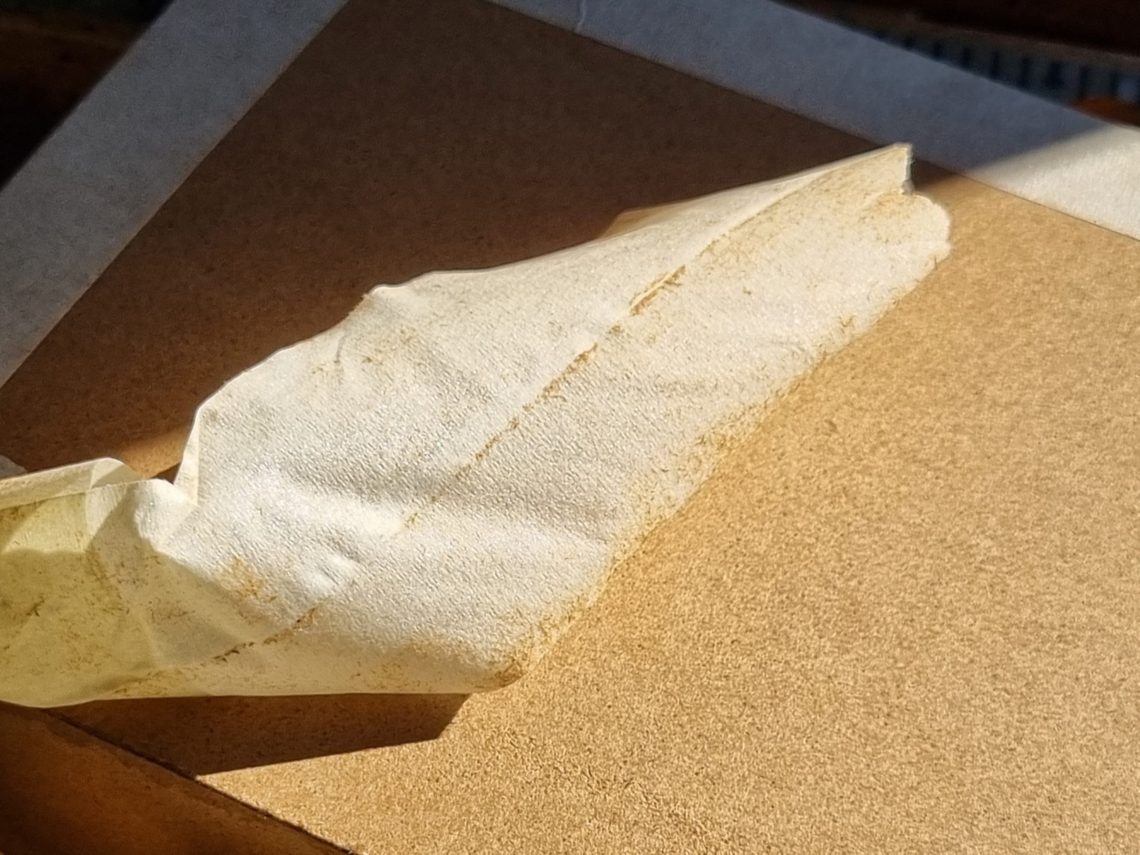
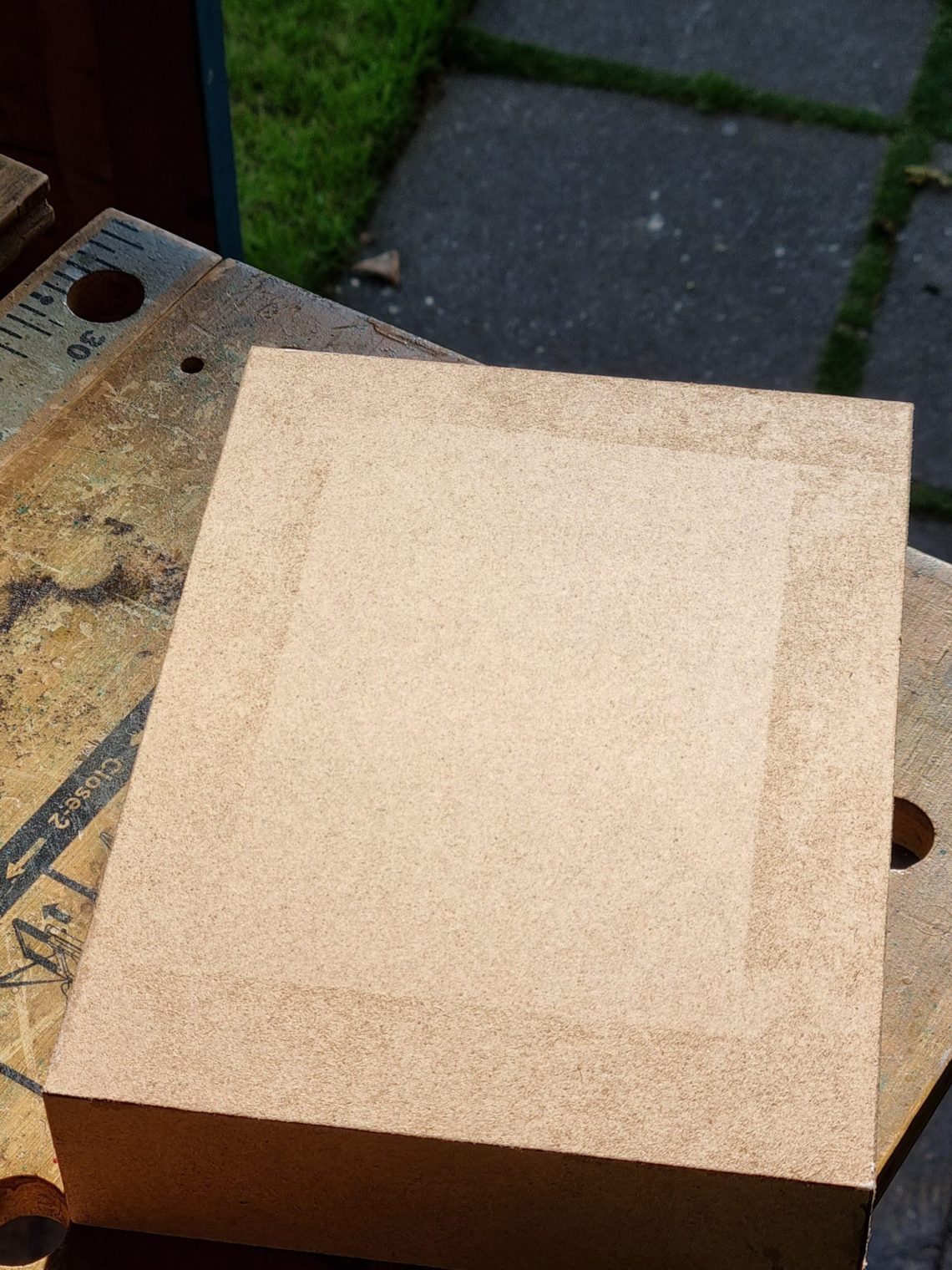
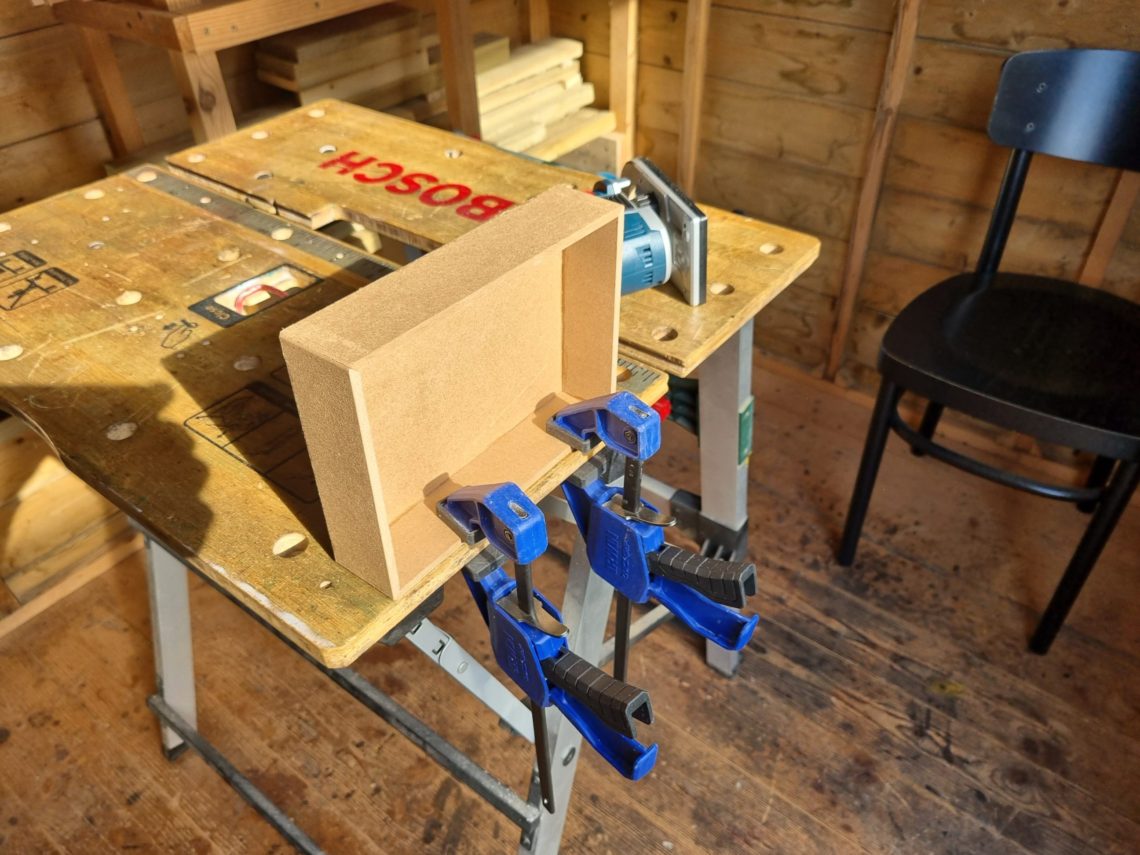
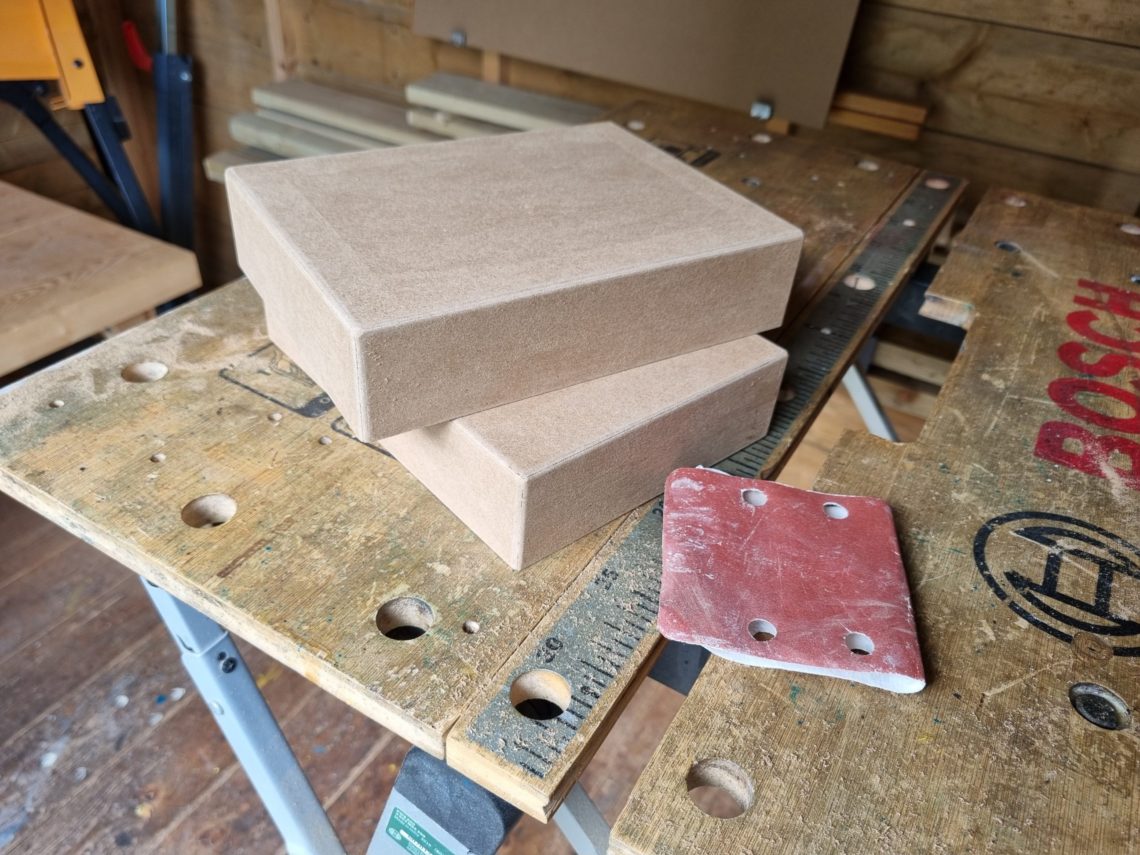
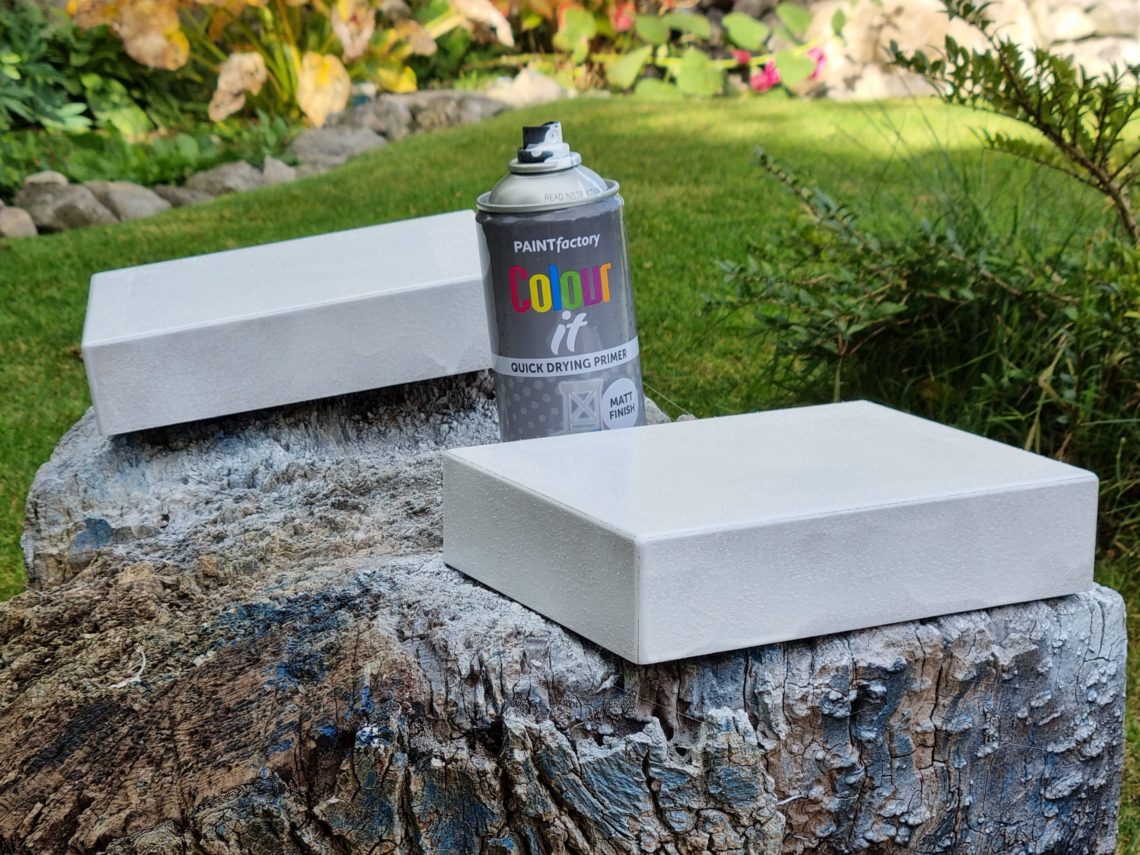
To smooth out the corners, I used a 3 mm round-over bit followed by some sanding. To fix and conceal the imperfections, I applied two coats of primer. Once it dried, I filled the lines formed along the edges with filler. After everything was sanded smooth, I finished the project with two coats of high-quality spray paint to achieve the best possible results.
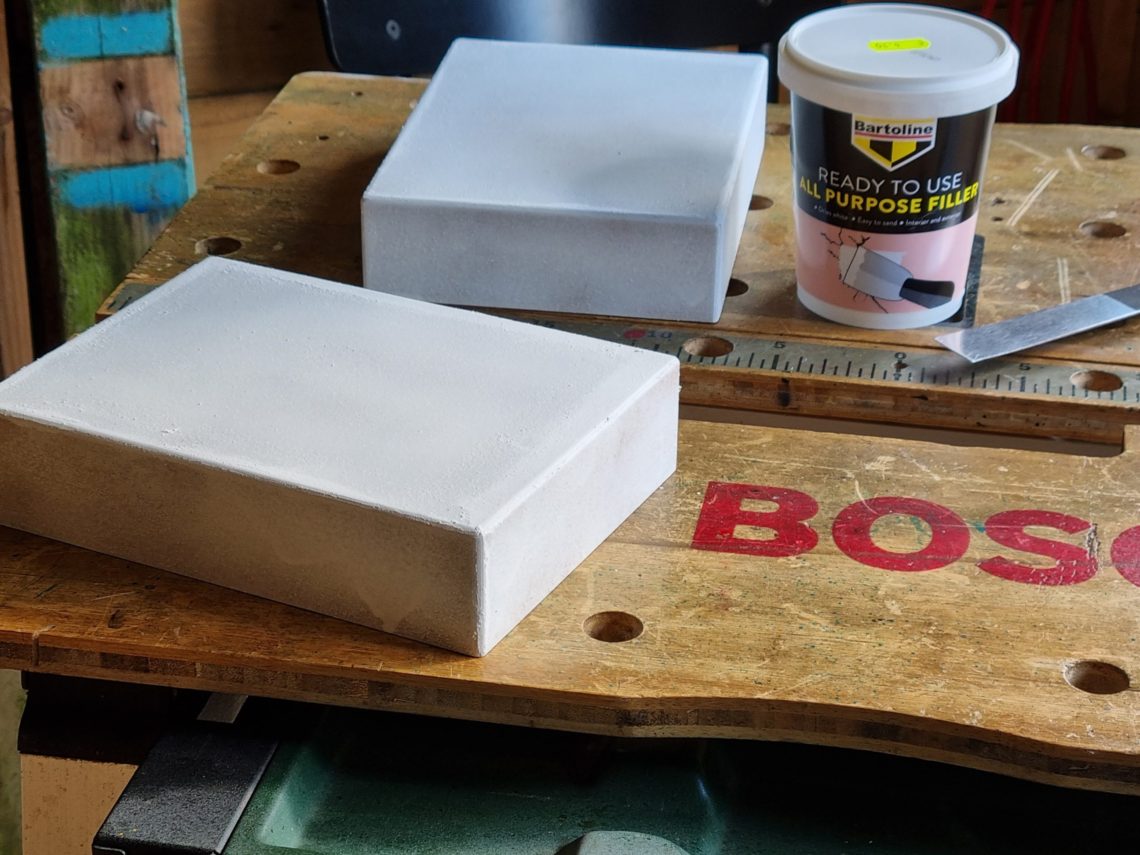
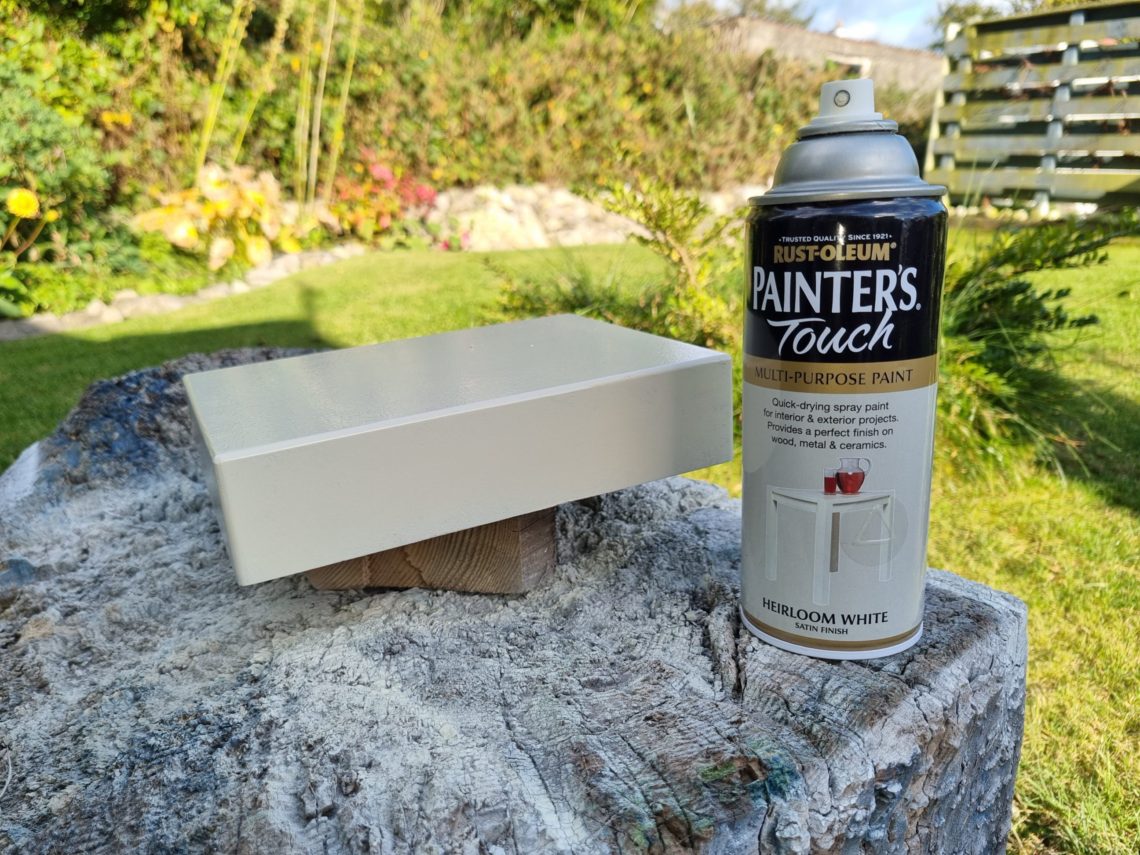
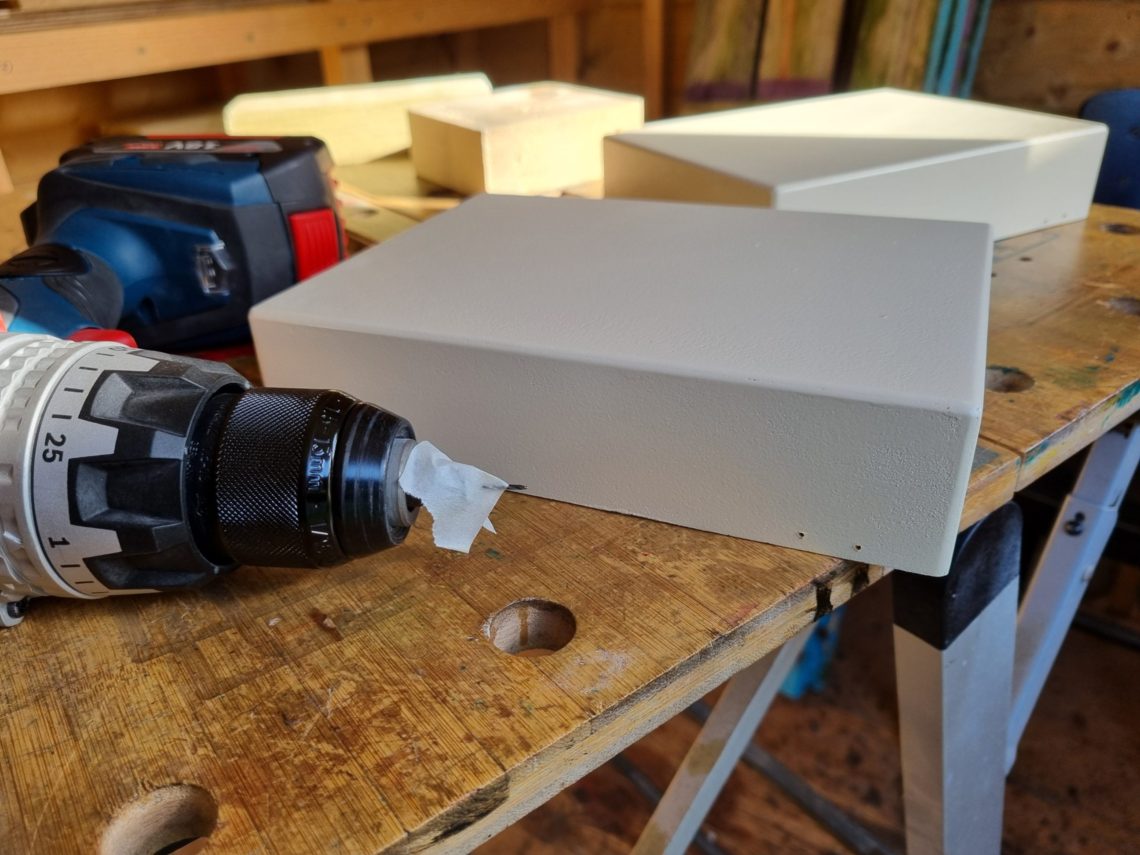
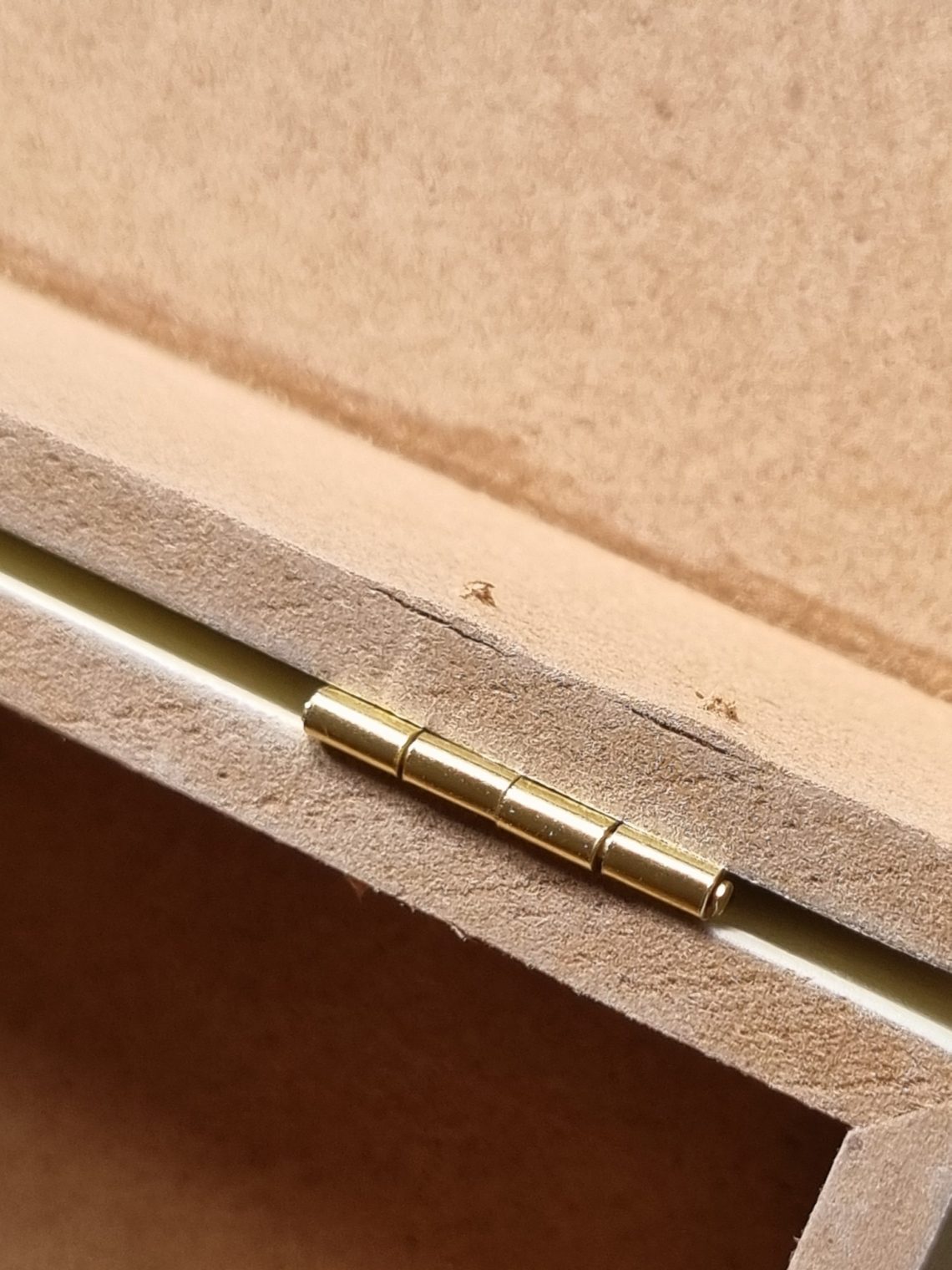
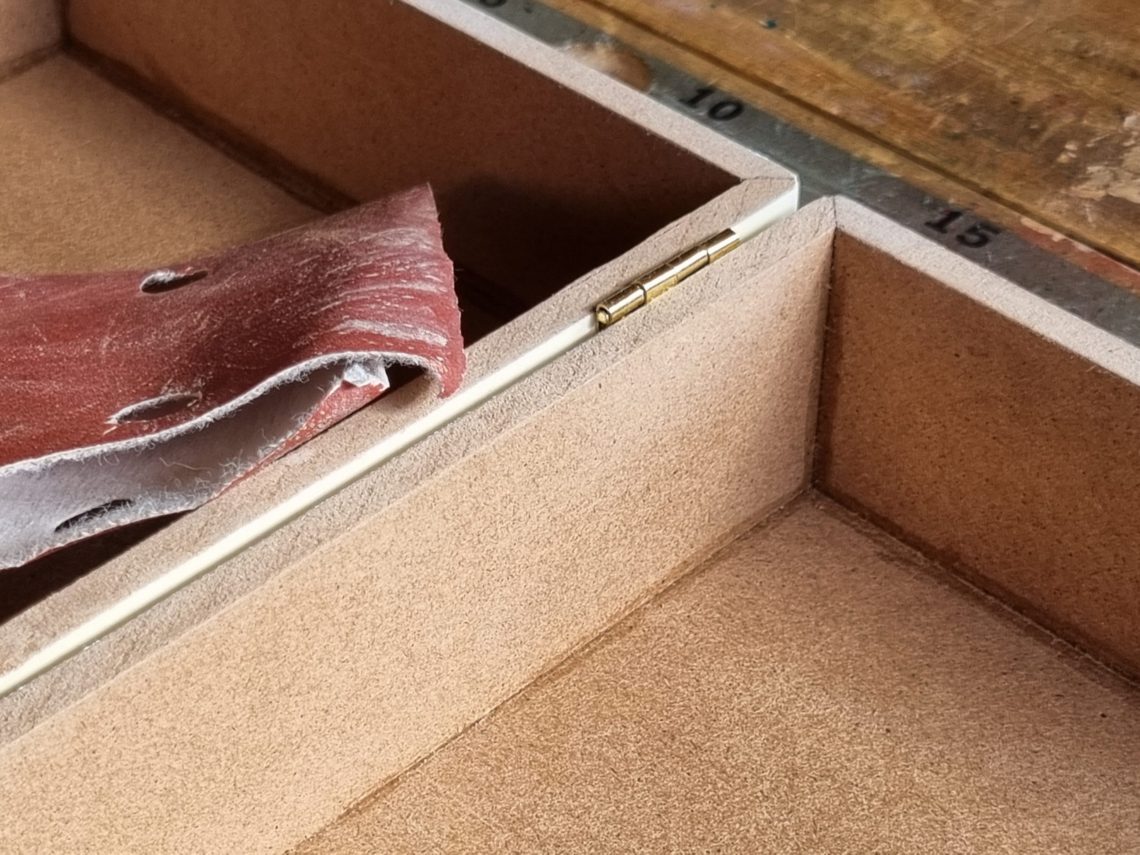
I predrilled holes for the hinges, being careful not to drill all the way through the MDF. The screws I had were too long for the task, so I clipped their tips with pliers. When I installed the first pair, they pushed out some MDF material from the other side, creating two small bumps. I removed the screws and the painter’s tape from the tiny drill bit, then drilled all the way through the walls. After installing the hinges, I gently sanded the other side, and the holes magically disappeared. That drill bit left microscopic holes, nearly invisible, yet perfectly sized for creating pilot holes for the little brass screws.
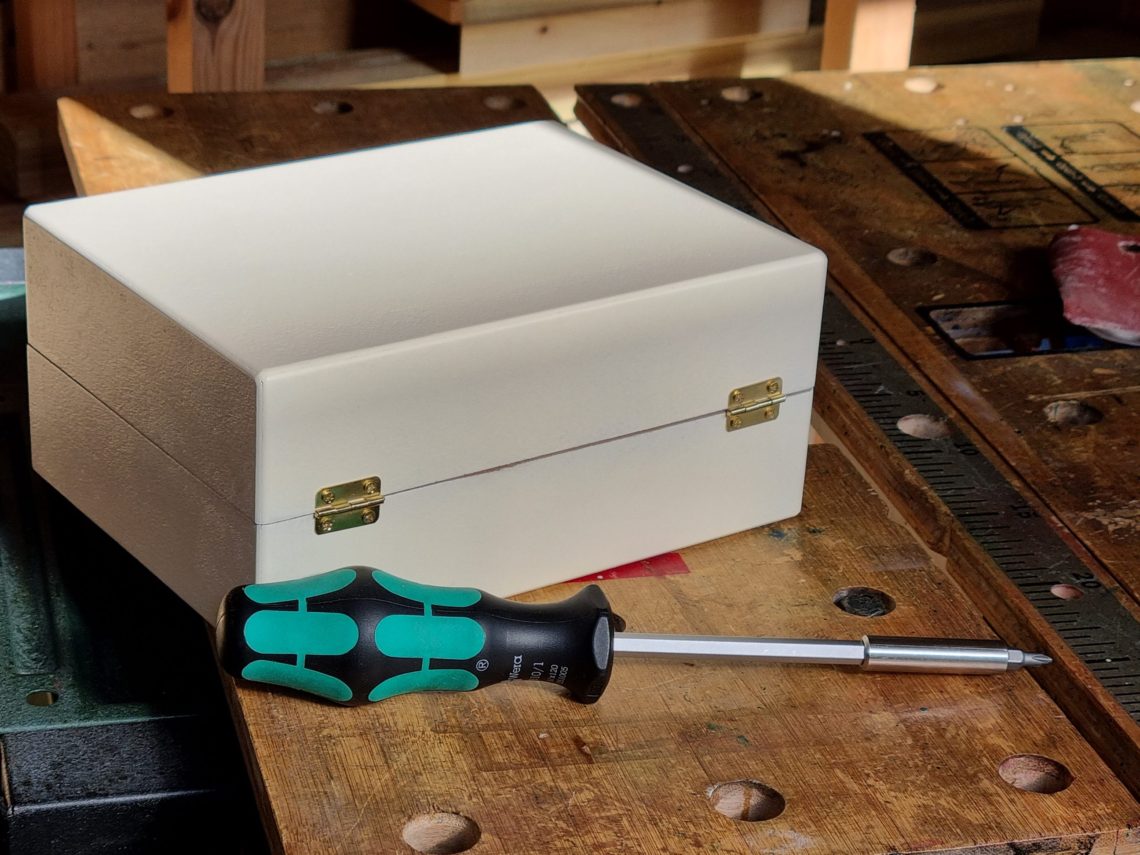
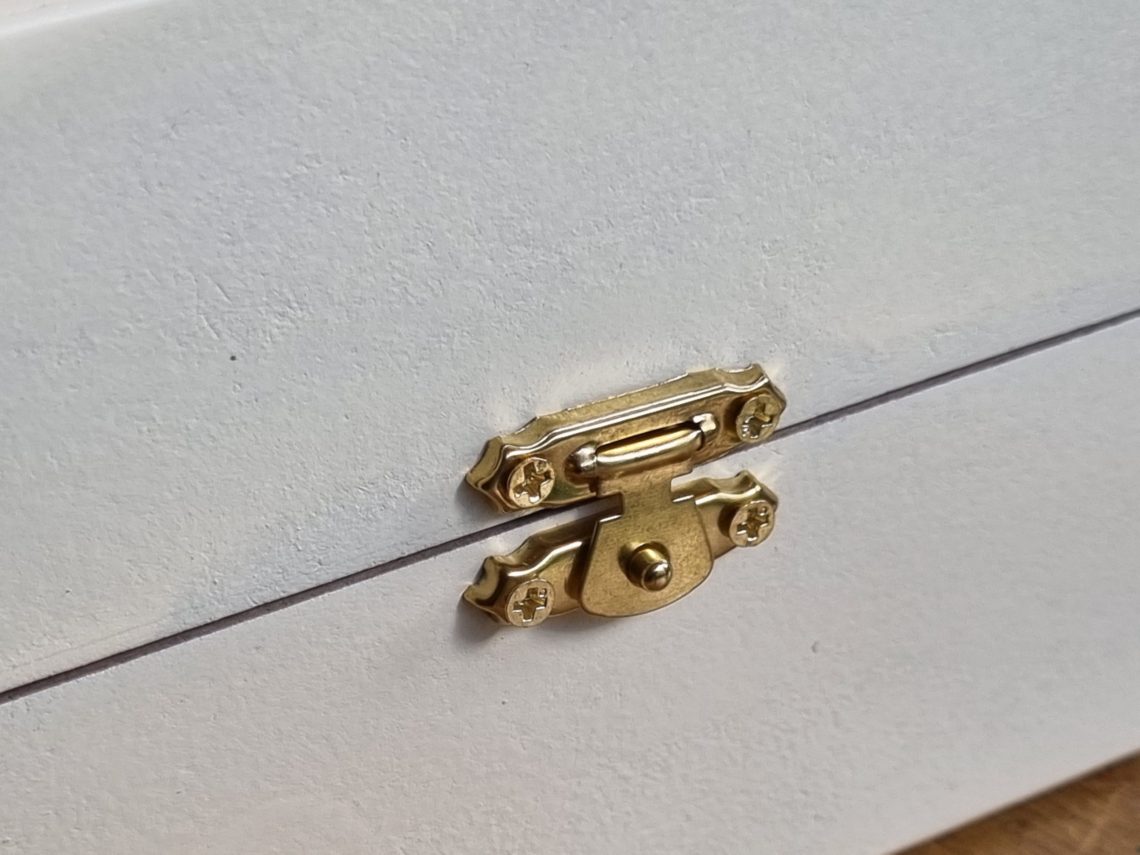
The clasp on the front didn’t require trimmed screws since it wasn’t as flat as the hinges. I carefully hand-tightened all the little screws, making sure not to damage the threads. The MDF sides were as thin as possible to give the box a lightweight appearance. I left the interior unfinished, with raw MDF and visible glue lines, which gave it a fittingly rustic look. What started as two practice trays unexpectedly turned into a surprisingly good box. Remarkably, it was all achieved using a V-groove router bit that wasn’t even suited for the job. I think it’s time to invest in a proper, truly pointed bit (with a sharp tip) and make more of these boxes.

